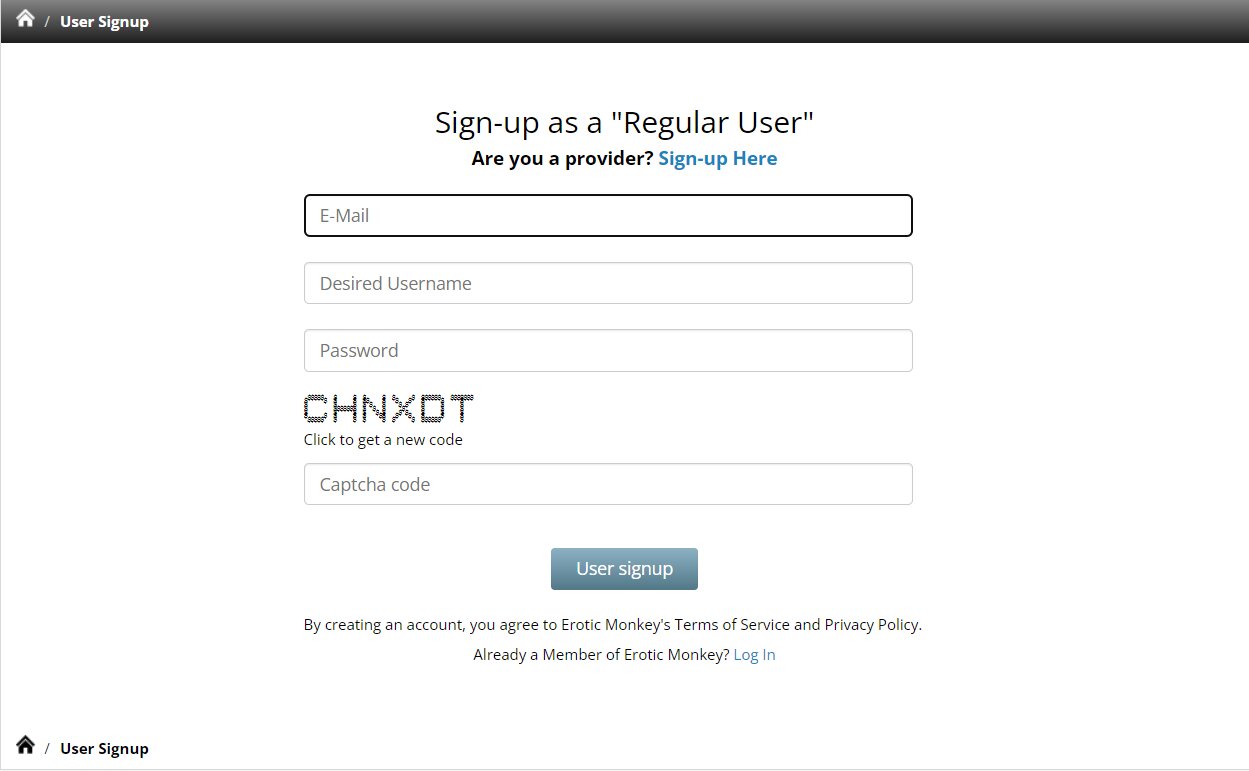
WEIGHT: 67 kg
Bust: B
One HOUR:70$
Overnight: +100$
Services: Parties, Extreme, Striptease, Mistress, Female Ejaculation

Posted December 1, Reviewed by Abigail Fagan. Thirty percent of American adults have reported using a dating app or website as of , according to Pew. So what kind of people use these apps? A new study by Ashley K. Fansher and Sara Eckinger at Avila University investigates the differences between users and non-users of dating apps.
The researchers begin by describing the clever marketing origins of Tinder:. Attractive women would approach local sororities and urge them to create profiles. Once the application had female users, the Tinder team would use this as a selling point to get fraternity members to join. To investigate differences between dating app users and non-users, the researchers recruited 1, participants.

These participants were students at a large public university, ages 18 to About one-third of participants reported using dating apps, while two-thirds reported being non-users. This roughly matches the previously mentioned finding from Pew. So within this group, what are some differences between dating app users and non-users?
Interestingly, the researchers also compared male dating app users with male non-users, and female users with female non-users. The same was true for differences between female users and non-users, except that for females, there was no significant difference in adversarial beliefs or self-control. Again, these participants were similar in age, education level, and social class. And yet there were still sizable differences between dating app users compared to non-users. Among those who use dating apps, there are also some interesting differences based on education.

For example, app users with less formal education appear to live in a different dating reality than those with a college degree. Researchers at Pew compared those with a high school diploma or less to those who have graduated from college on their experiences and beliefs about dating.




































